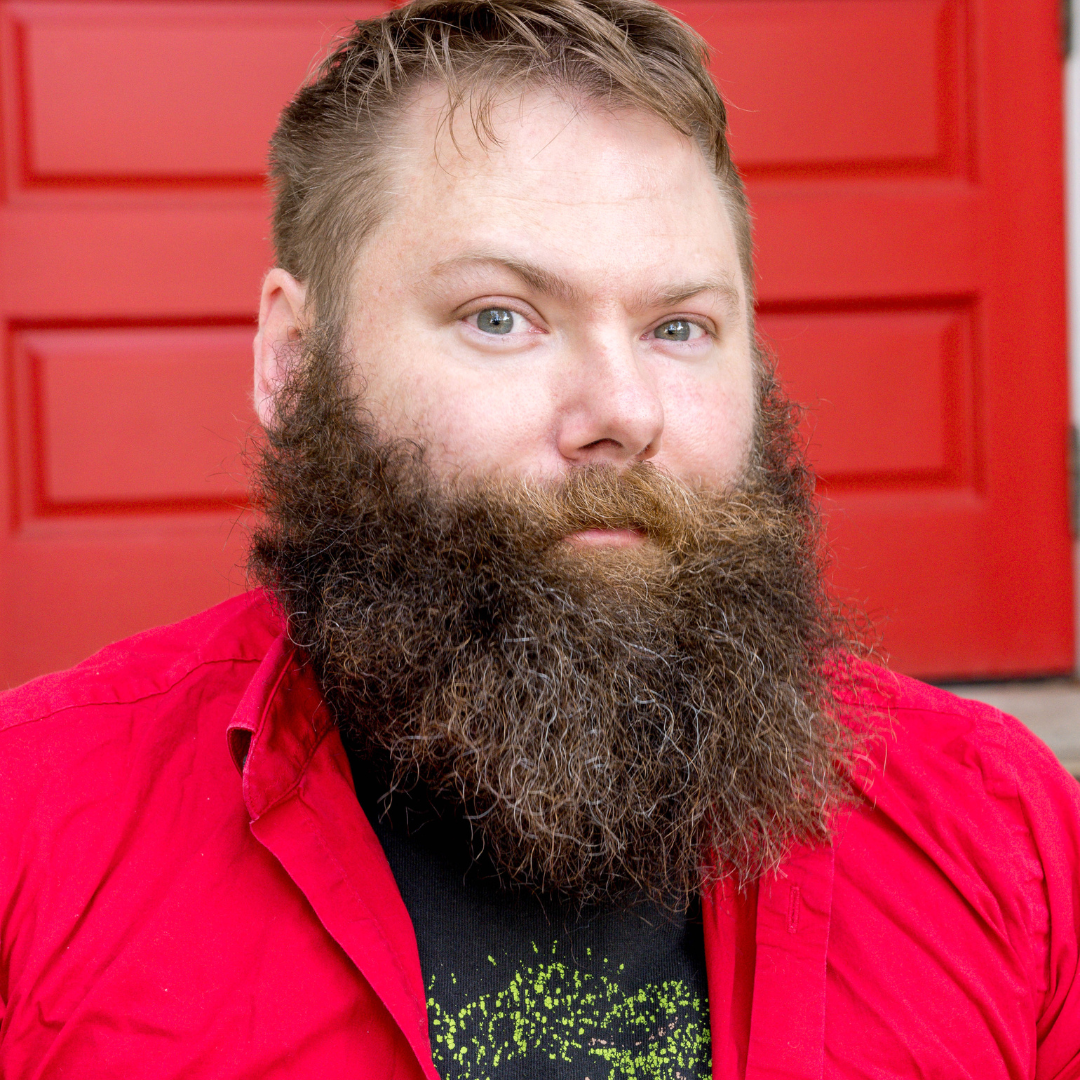So, you’ve made something new and can’t wait to turn it into a licensing deal or a business…that’s exciting! But now that you’ve made something new, the next big challenge is getting it out there and convincing folks (whether customers or licensees) to take an interest in it.
Enter Branding
Branding is the process of creating a unique and recognizable identity for your product or company that sets it apart from the competition. Humans do think in words, but we think more often in colors, symbols, and emotions. Branding makes use of that via colors, logos/imagery and short, punchy verbiage. Here are five points to bear in mind when developing a brand for your invention:
1. Determine And Define Your Unique Selling Proposition (USP)
Inventions solve problems. Those solutions are valuable. They should be novel or unique. Distill those 3 points and you have a USP. Your unique selling proposition (USP) is what makes your product stand out from the competition. It’s the reason people should choose your product over others. It can be a real challenge to figure out how those 3 points can be translated into a single, short phrase! When crafting your USP, think about what makes your invention different from what’s currently available. Is it a new technology that no one else has thought of? Is it more efficient or cost-effective than similar products on the market? Whatever your USP is, make sure it’s clear, concise, and memorable! A great example would be M&Ms: the whole selling point is their USP…they “melt in your mouth, not in your hands!”
2. What’s In A Name?
Sometimes product names and brand names are the same as Nintendo and their first gaming system. Sometimes they are two totally different names, like Nike and Air Jordans. Sometimes they dovetail like Apple and Macintosh (which is a cultivar of apple). Either the product or the brand name (or both if they’re the same) is the first thing people will see and hear when they encounter your product. Make sure it’s memorable and easy to pronounce. A good brand name should also be unique, so it’s not confused with other products on the market. Namecheap and Squadhelp are two fun tools you can use to generate ideas for your brand name…and of course there’s the buzzword everyone is talking about:
ChatGPT! Make a list of names and associated images. Market test them with friends, associates, and family. If the brand imagery and name are very marketable, you may consider trademarking them to ensure they always remain yours.
3. Create A Compelling Brand Story
People connect with brands that have a compelling story. Your brand story should explain who you are, what you do, and why you do it. It should also highlight the benefits of your product and how it can solve a problem for your customers. Your brand story should be consistent across all your marketing channels, from your website to your social media profiles.
4. Design A Professional Logo And Packaging
People think in images, and people are hardwired to notice things that are attractive. Your logo and packaging design should reflect your brand’s identity and personality while being symbolic and appealing. A professional logo and packaging design can make your product stand out on store shelves and online marketplaces. If you’re not a designer, you can hire a freelance designer on a platform like Upwork or Fiver to create your logo and packaging. Personally, I’m an evangelist for Canva and Brand crowd. Canva lets you design things in a more “plug and play” manner, which takes a lot of the room for error out of the equation. Brand crowd uses AI to generate logos…which at the very least can
be great for idea generating BEFORE you ask a graphic designer to make a logo.
5. Build A Strong Online Presence
In today’s digital age, having a strong online presence is crucial for any brand. Your website should be easy to navigate and mobile-friendly (tons of people don’t make their sites mobile friendly, it’s a huge gripe of mine!) You should also have profiles on at least 2 social media platforms like Facebook, Instagram, LinkedIn, TikTok, YouTube, or Twitter. Which is best will be very dependent on how your product can be engaged with…video or picture or text. If you’re after Licensees, LinkedIn is an easy first choice. These platforms can help you reach a wider audience and engage with your customers. Make sure your branding is consistent across all your online channels.
My big advice on Social Media: Don’t be rude, don’t be negative, and don’t be a “calendar account.” That’s my term for folks who only promote themselves on social, often with posts like “New vid.” “New podcast episode.” “New graphic tee with promo code.” Like other people’s posts. Comment on them. Say nice things to and about folks you may even see as competition. Social media is a place to be friendly and engaging…that’s how you engage with customers or investors or licensees! Think of it as work…put in an hour a day (or hire someone to do just that) to post, comment, like, and share as a business rather than how you likely normally behave on social media as a typical user.
In conclusion, branding is an essential component of any successful product launch. As an inventor, YOU should have a brand. Whether that’s a personal brand as an inventor, product developer, entrepreneur, or your business having its own brand that is distinct and separate from you as an individual.
By defining your USP, creating an iconic color pattern & logo, designing professional packaging, and building a strong online presence, you can make your invention (and yourself as an inventor) stand out from the competition and attract licensees and customers alike depending on your goals.


